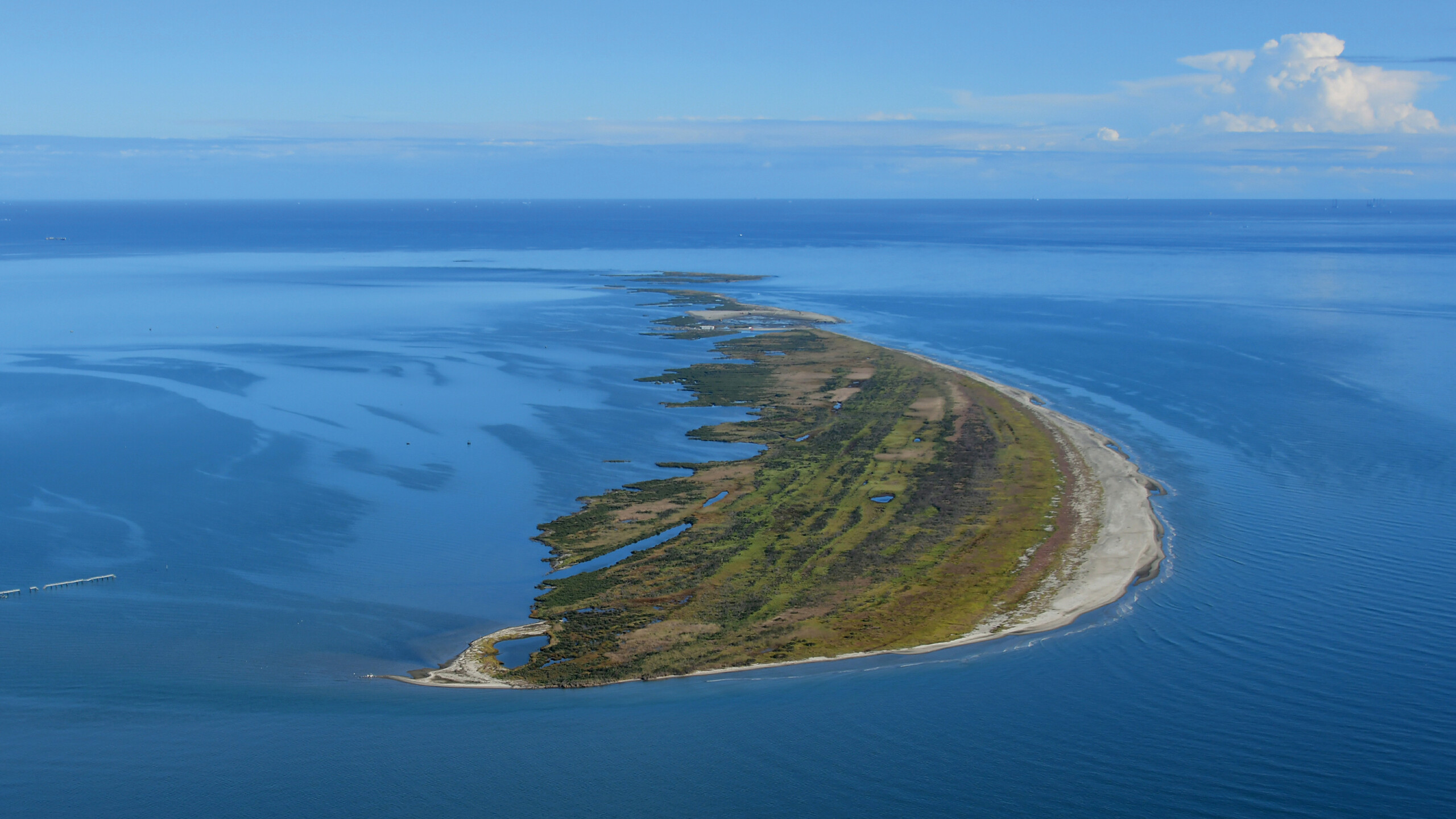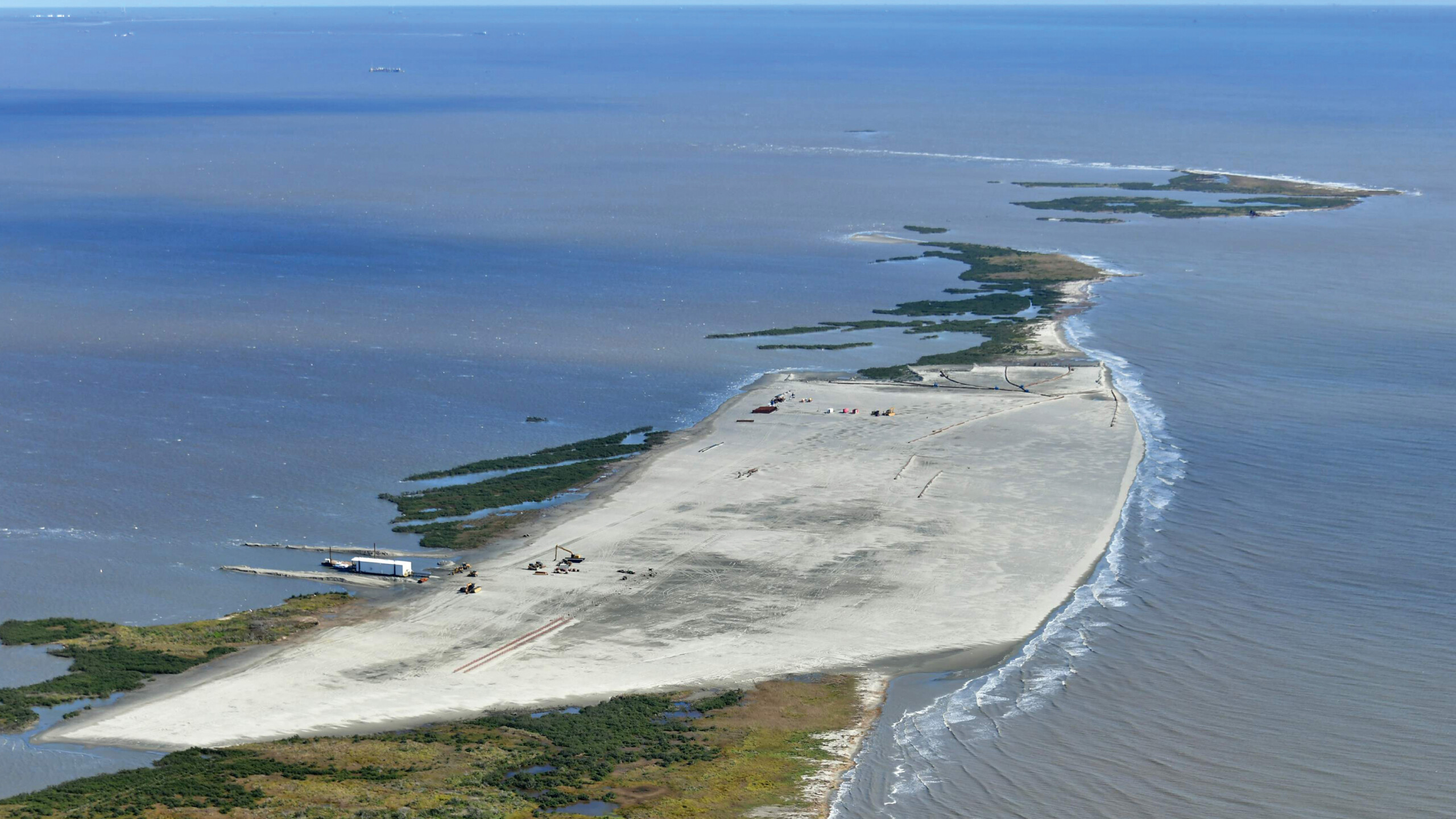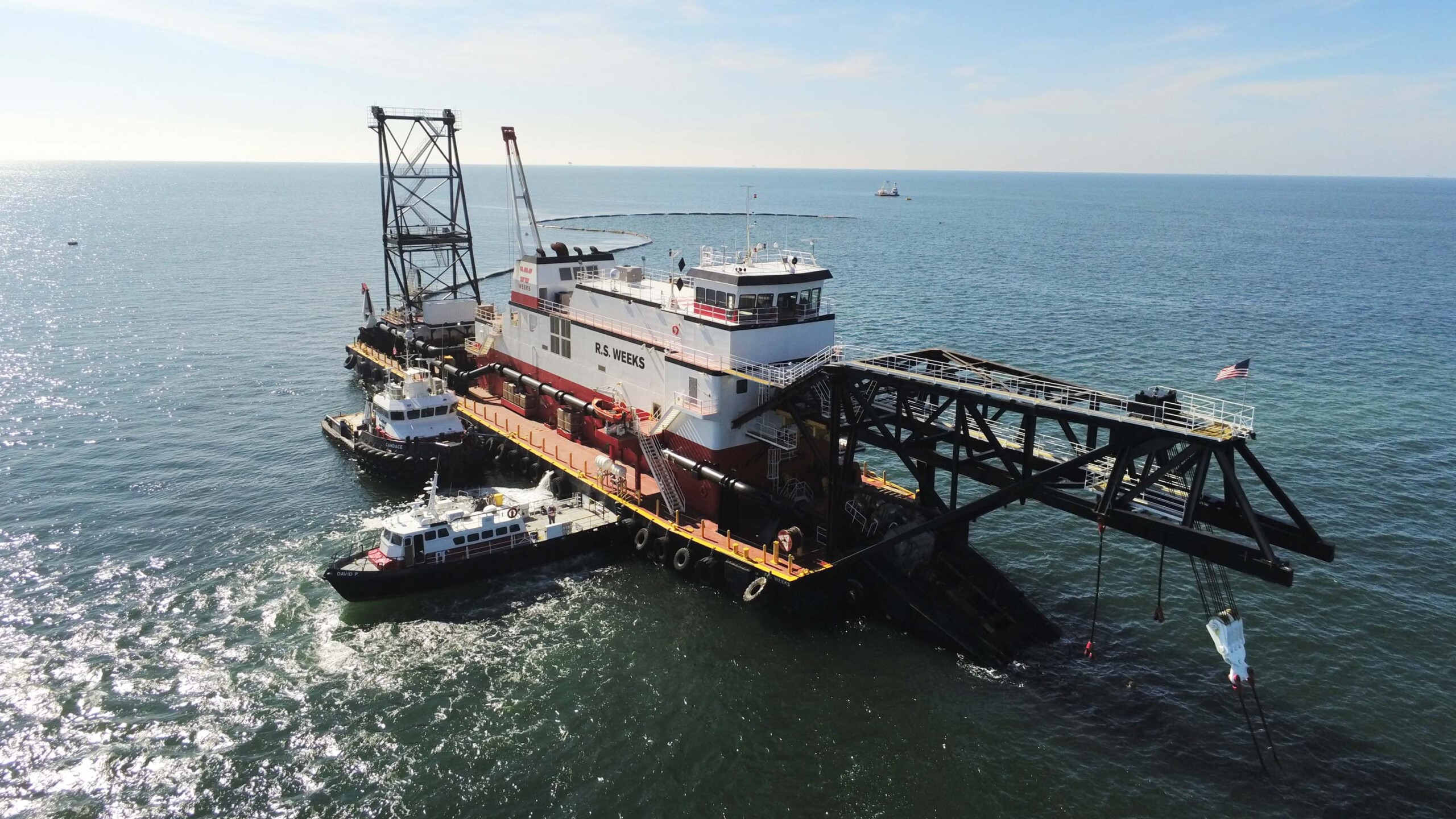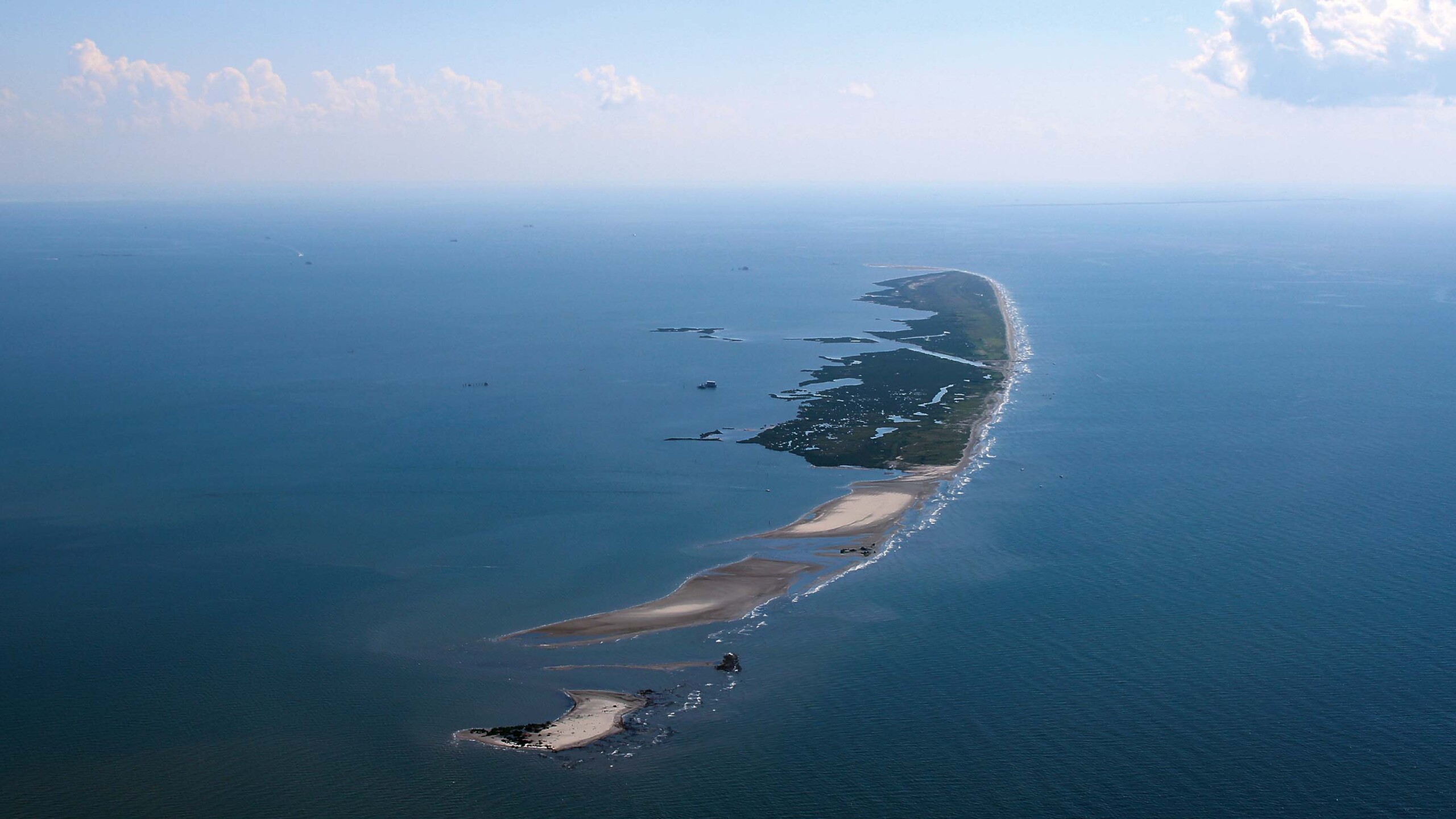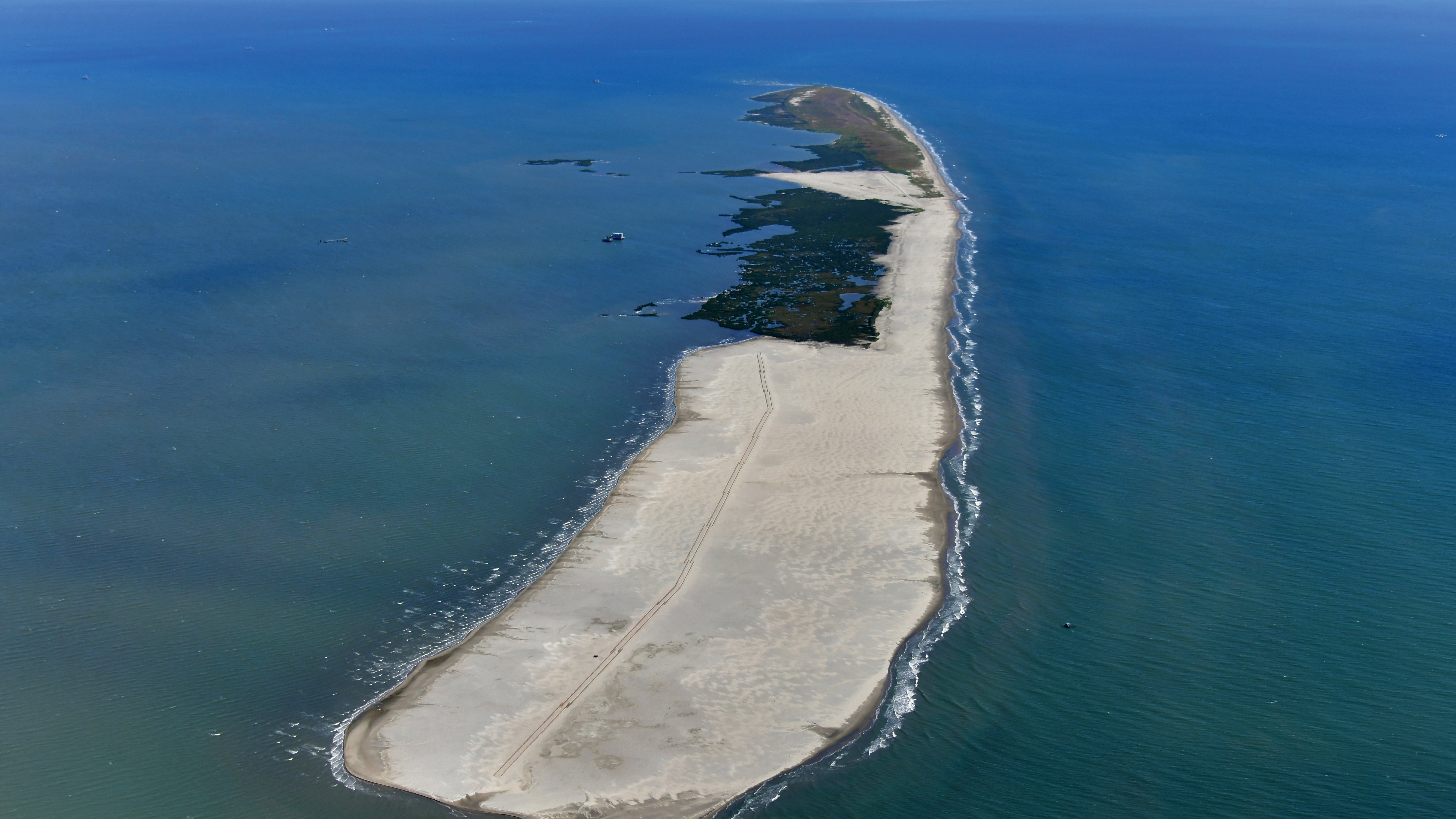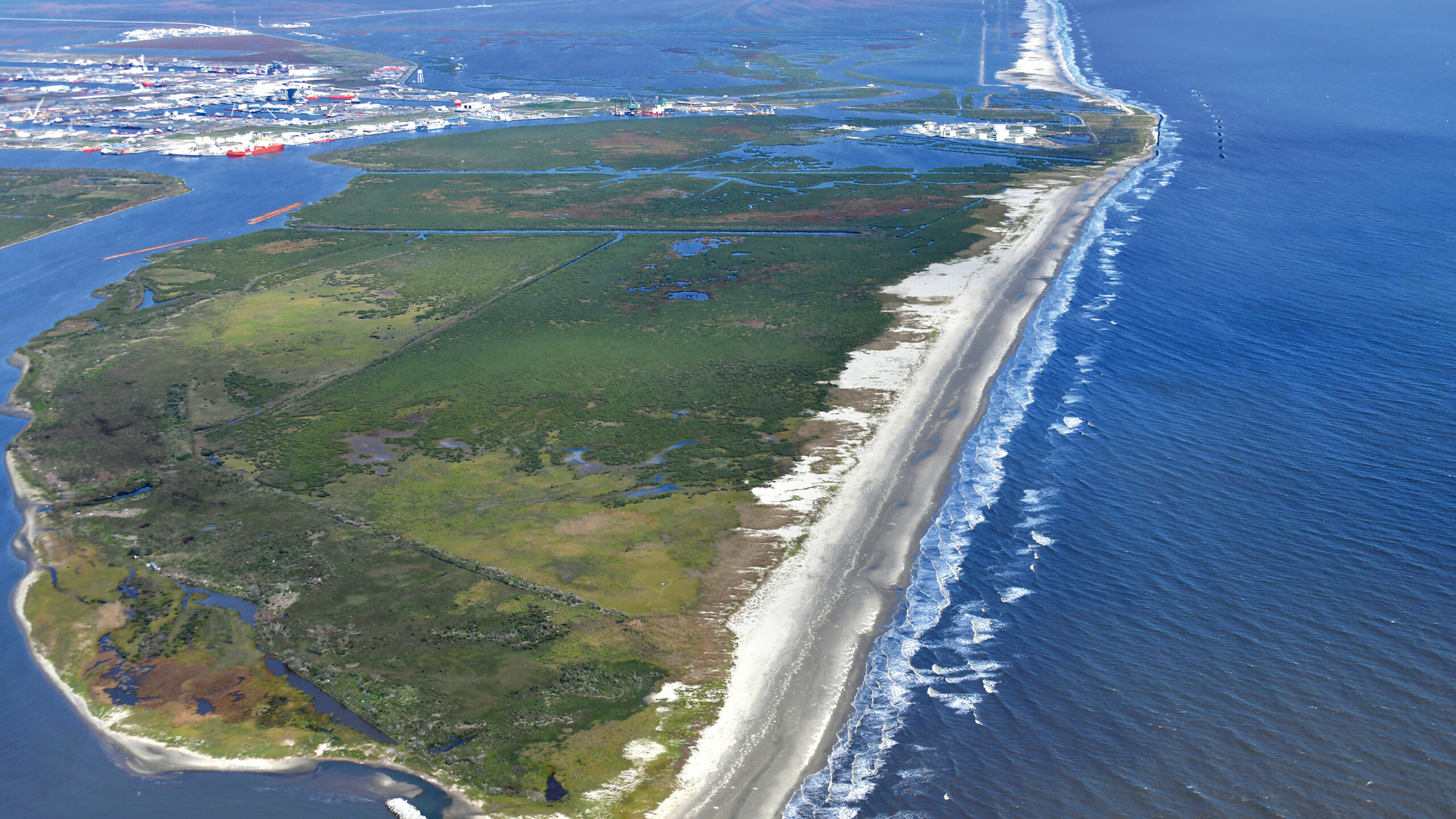Terrebonne Barrier Island Restoration
Louisiana barrier shoreline is quickly eroding, with continued land-setting and rising water levels making the situation even more precarious in the coming years. Off the coast of Terrebonne and Lafourche Parishes, Weeks is participating in creating a solution to this problem by actively restoring the Terrebonne Barrier Islands.
The Terrebonne Barrier Island Project is part of Louisiana’s decades-long program of barrier island restoration, and the program is currently run by the Coastal Protection and Restoration Authority (CPRA), which was created to centralize coastal protection and restoration activities after Hurricanes Katrina and Rita devastated the Gulf Coast in 2005. The CPRA develops and oversees the entire Comprehensive Master Plan for the Louisiana coastline and the Terrebonne Barrier Island Project is an important component of this larger vision. The CPRA notes that this project will: Provide a buffer to inland communities and wetland ecosystems by reducing the full force and effects of wave action, saltwater intrusion, storm surge and tidal currents on associated estuaries and wetlands; Protect and sustain unique foraging and nesting areas for threatened, endangered and protected wildlife; Protect critical infrastructure including Port Fourchon and LA Highway 1. The project has already shown its effectiveness. As Ida made landfall across Southern Louisiana, the barrier islands blocked storm surge while sustaining only minimal damage.
The Terrebonne Barrier Island Project will add more than 1,100 acres to Trinity-East Island, Timbalier Island, and West Belle Headland. A restoration plan was developed for the Terrebonne Barrier Islands by analyzing the geomorphic and ecological form and function of each area.
The project will utilize 9.2 million cubic yards of sand from the Ship Shoal and South Pelto Borrow Areas, formations about 10 nautical miles away in federal waters. These sand sources were selected as they had compatible sediment which could be dredged and placed efficiently and cost effectively.
Weeks capitalizes on its extensive fleet, using the Magdalen, RN Weeks and BE Lindholm Trailing Suction Hopper Dredges and RS Weeks and EW Ellefsen Cutter Head Dredges throughout the Terrebonne Island Project. With a combined capacity of 16,500 cubic yards, the crews of the dredges work in careful coordination to complete the project efficiently and safely.

